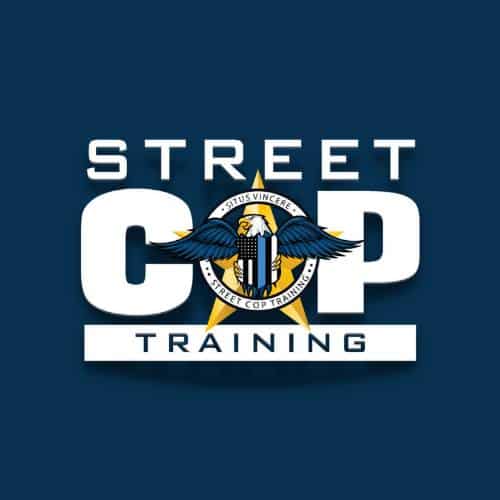
Sean Z. Barnette, NRP, AAS

Leatherman Raptor Trauma Shears An Incredible Multitool
It is somewhat rare to find a tool that has multiple lifesaving uses in such a small package. In this blog post, we will be discussing one of my very favorite and most used tools across the spectrum of emergency services, the Leatherman Raptor Trauma Shears. Not all trauma shears are created equal. Over a span of 20 + years, I have used trauma shears extensively. For many years, I used the standard issue cheap shears. When the pair I was using started to fail, I would get another set. It was incredibly frustrating to be directly in the middle of a critical call and have a piece of equipment fail on me.
In 2013 I saw that a new product was coming to market directly addressing my frustration. When I saw that the raptor shears were available at a store four hours from me, I made the drive and became one of the early adopters of this incredible multitool. Unfortunately, two years ago, that initial set of raptor shears was dropped into a river (completely my fault) during a water rescue. I went the very next day and bought a new set. Below I will outline all of the different features of the Leatherman Raptor Trauma Shears, and why you should consider adding a pair to your first line equipment as an emergency services provider.
- Cutting – There are two pairs of shears on the market that I have personally used that cut exceptionally well. I will cover the other set of shears later in the article. All trauma shears have a blunt tip so that when you are cutting clothing from patients, you don’t accidently cut them. These shears are no different in that aspect. The cutting power from these shears are phenomenal. For 6 years I used the same pair of shears cutting everything from fire hose, regular clothing, belts, leather coats, and in one instance, Kevlar. I used the seatbelt cutter multiple times for cutting seatbelts, paracord, opening the tape on boxes etc. etc. I never sharpened them, and they never failed. The ring cutter on the shears is incredibly strong. I rarely ever used the ring cutter to cut an actual ring (only once), but I used it multiple times to cut wires. I used this particular feature to cut a chain link fence to free a trapped animal.
- Glass Breaker – I have used this feature multiple times for access into vehicles, and it works very well. Pro tip: When striking the window, aim for the lower corner for best results.
- Lanyard Hole – I obviously did not use this convenient feature and thus I lost my first pair in a river.
- Holster / Clip – The holster is included with the raptor tool and slides onto a belt or works with MOLLE. The shears can be stowed in the holster in a folded-up configuration, or in an open configuration. For daily use I simply utilize the pocket clip that is adhered to the shears. I have never had the pocket clip bend or break, and they stay in my pocket with no issues.
- Measurement feature on the side of the cutting edge. I believe that this is often overlooked, but I use it all of the time, mostly for measuring the length of a laceration, bruise, or anything else that I need to measure to annotate in my report.
- Oxygen Bottle Opener – This is a feature that I use daily on the ambulance and on the fire truck during my morning checkout of the apparatus as well as throughout the day when I have to switch out oxygen tanks.
- Prying – While definitely NOT designed for this particular task, I may have done some minor prying from time to time, and there was no issue.
- It may seem odd, but this makes the best back scratcher in a pinch!
- There are a multitude of handle colors available
Over the past several years that I have owned a pair of raptor trauma shears, I have used them daily in some form or fashion. I use them far more than I use a pocketknife, which I also carry on a daily basis. If there was one MAIN medical tool that I could recommend to my fellow emergency services Professionals besides a tourniquet and an IFAK, this would be it. There are just too many uses, medical, and non-medical to not have a pair.
There is a vast array of trauma shears on the market. Even on the high-end side of trauma shears, other manufacturers are coming out with new products. SOG recently came out with their version of a trauma shear multi-tool. I have handled a pair in person, but for ME, the raptor is a better tool. Another company that has come out with a very high-quality trauma shear is X-Shear. Their shears are excellent for cutting; however, they lack all of the other features. For the X-Shear, and an X-Shear holster, they are only slightly cheaper than the raptors.
If it is just too difficult to wrap your head around purchasing trauma shears that cost in excess of $60.00 (which I can completely understand) I STILL suggest finding a cheap pair that you can carry. The cheap ones are better than nothing.
As always, I am looking forward to any discussion or questions that you may have!